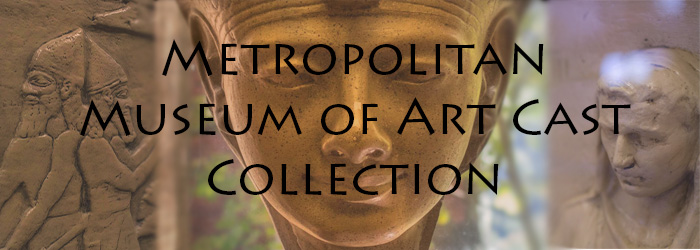
Description
Plaster cast of a model depicting one of the classical practices of Greek architecture. Ionic order arose around the 6th century BCE in Greece.
Publication Date
1978
Type of Artwork
Model
Time Period/Geographical Region
Ancient Greece
Height (cm/in)
91.44 cm / 36 in
Width (cm/in)
67.31 cm / 26.5 in
Depth (cm/in)
67.31 cm / 26.5 in
Disciplines
Ancient History, Greek and Roman through Late Antiquity | Sculpture
Recommended Citation
Morehead State University. Camden-Carroll Library., "Ionic Capital and Base" (1978). Metropolitan Museum of Art Cast Collection. 42.
https://scholarworks.moreheadstate.edu/metropolitan_art_collection/42
Files
Download
Download Image (1.5 MB)


Comments
The Greeks developed three canonical orders of Classical architecture, of which the Ionic style was the second to emerge. The Ionic order, said to emulate the slender proportions of the female body, had columns that are the thinnest and smallest of the orders. The style is characterized by the use of volutes in the capital, scroll-like forms that crown the column. Between the volutes, you can see an egg-and-dart pattern that is also distinctive to the Ionic style. Its base separates the shaft of the column from the stylobate, or platform, of the temple. The Ionic style was primarily used in temple architecture. It originated in the mid-6th century BCE in Ionia, and was used in the Temple of Artemis at Ephesus, the Erechtheum on the Athenian Acropolis, and there are Ionic elements in the Parthenon as well. This cast was likely used by artists and architects who were studying the Greek Classical orders at schools of the fine arts in the late 19th and early 20th centuries.